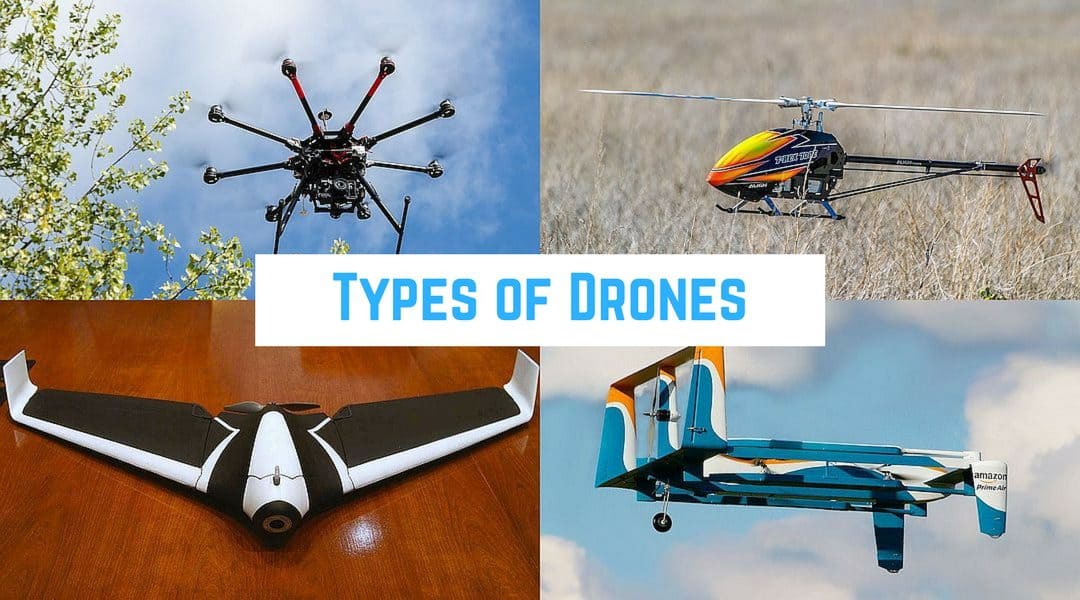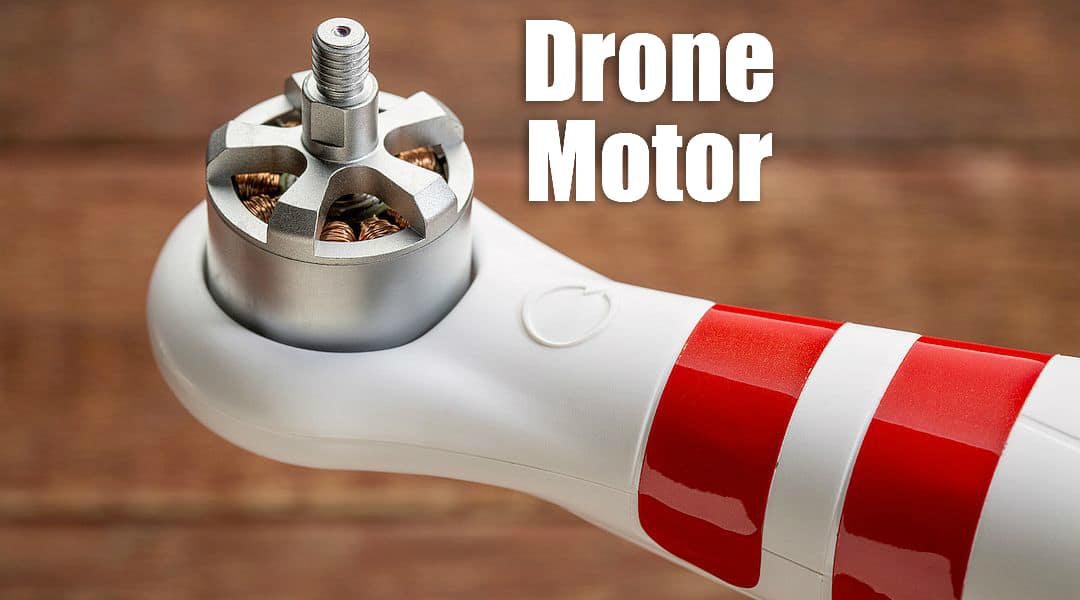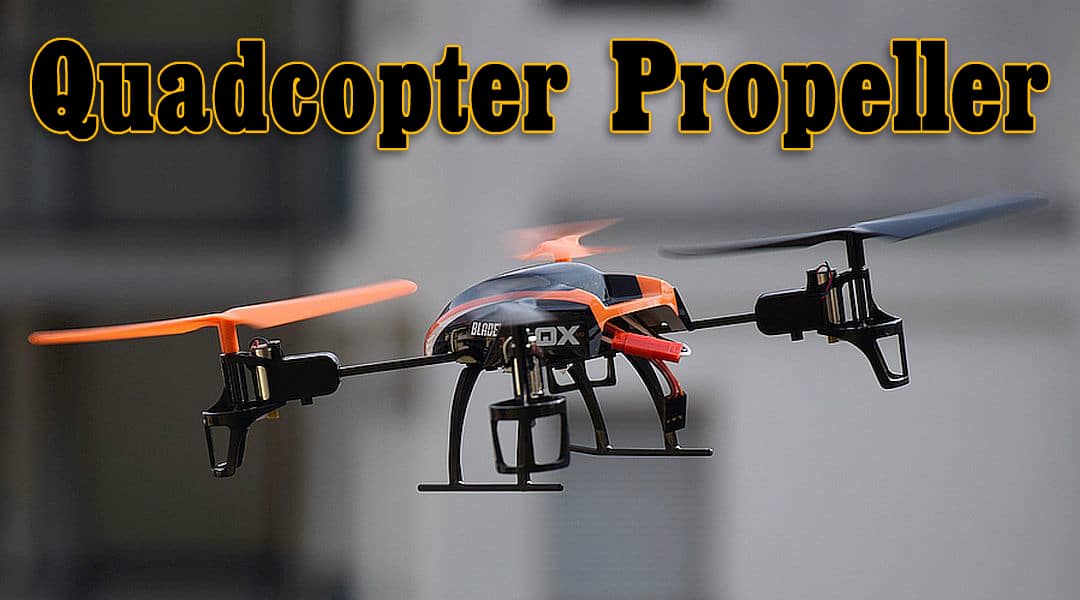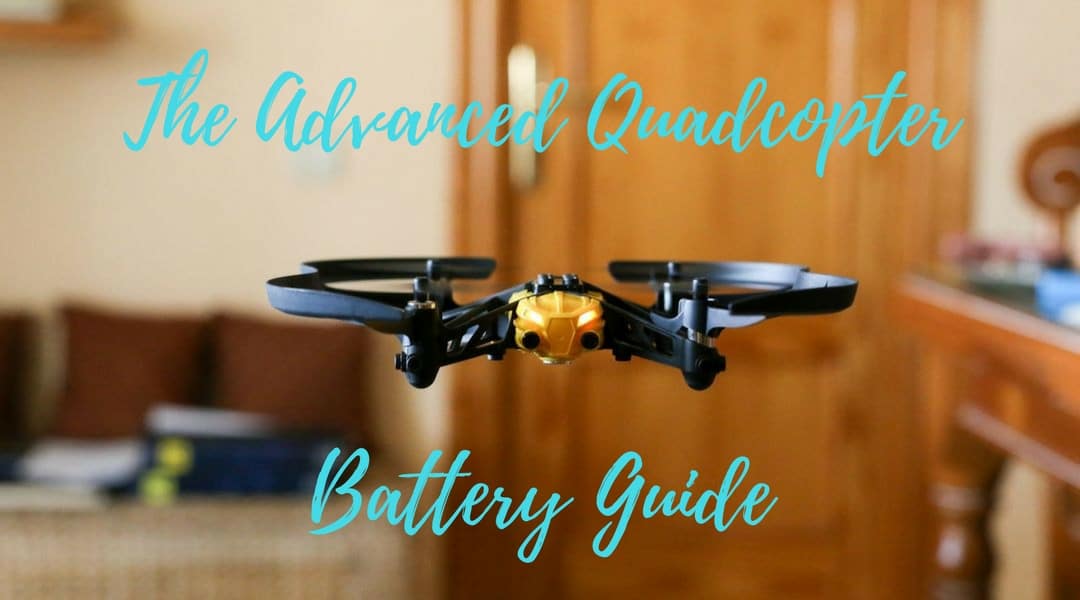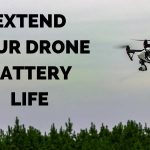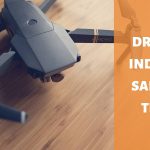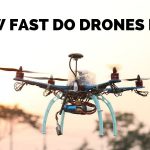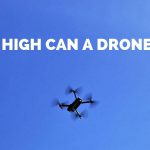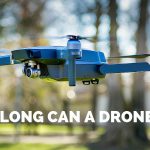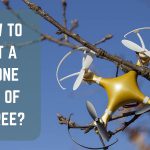Types of Drones Introduction
The aim of this article is to provide an overview of the different types of drones that are currently in use, some of their technical specifications, and applications. Drone technology is rapidly evolving, but the main aspects of propulsion, autonomy, and size will remain important even in the next generation of drones.
The main classes of drones include multirotor, fixed wing, single rotor and hybrid designs. The type of technology used to keep the drone flying determines the type of drone. This is also the main contributor to how the drone looks.
Types of Drones: Multirotor
Multirotor drones are the most popular types of drones that are used by hobbyists and professionals. Common applications of
If you are looking to get a small camera in the air for a relatively short period of time, then a multirotor is the way to go. They give you much more control over positioning and framing the camera to get you that perfect aerial photo shot.
The financial barrier to entry in the multirotor market is low thanks to the advancement of cell phone technology that has allowed the price of drone components to become ignorantly smaller and cheaper. Out of the four types of drones that are available,
Multirotors can be further classified based on the number of rotors on the aerial platform. Tricopters have 3 rotors, quadcopters have 4 rotors, hexacopters have 6 rotors and octocopters have 8 rotors. Quadcopters are the most popular and widely used.
Multirotors do have their downsides. The major constraint is the limited flying time, reduced endurance, and speed. They are not suited for long distance surveying applications, mapping, or inspection. The main issue here is that most of the energy, usually from a battery source, is used to maintain the drone in a stable flying position.


Types of Drones: Fixed Wing
Fixed wing drones are one of the types of drones that use the same principle that airplanes use to generate lift using a wing instead of
Fixed wing drones are able to traverse long distances, map wider areas, and stay within close proximity
The main drawback of fixed wing aircraft is their inability to loiter over one point of interest, which rules them out for taking aerial photos and videos. Launching and landing
Fixed wing drones are costlier to fly, and more difficult to learn how to fly.
With a fixed wing, the image generation is not a simple task as pointing and shooting an image with the camera. You will have acquired hundreds of thousands of images during the flight that

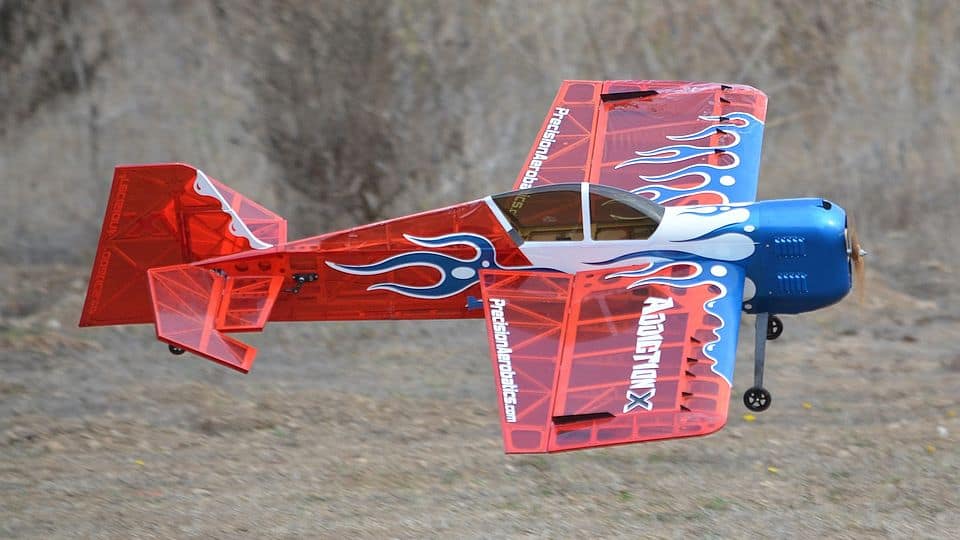
Types of Drones: Single Rotor Helicopter
A
Single rotor helicopter drones generate thrust more efficiently over
If the application requires hovering a large payload, such as a LIDAR scanner, or you need a combination of long endurance with
There is the drawback of the increased complexity, cost, vibration, and danger of large spinning blades. Extra care needs to be taken to prevent any injury caused by the spinning rotor.
With regards to

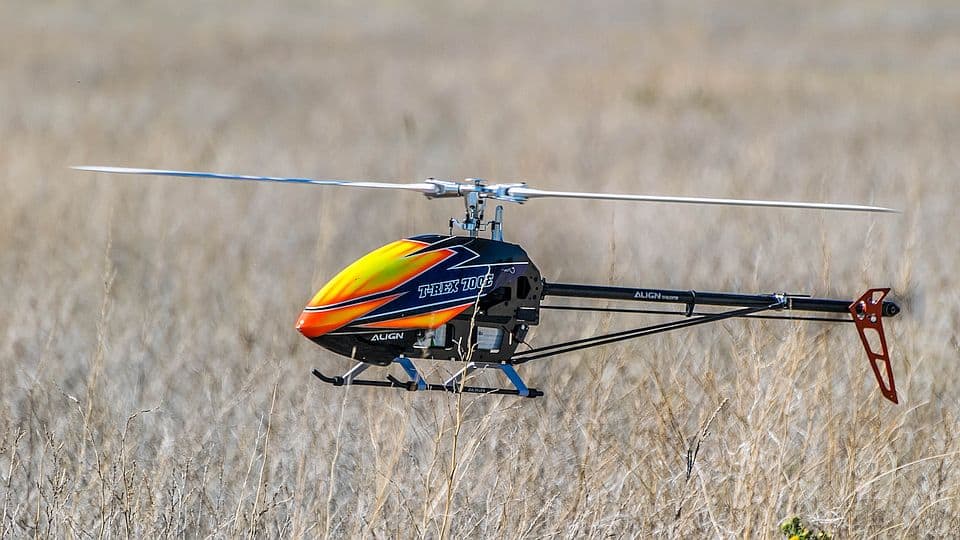
Types of Drones: Fixed Wing Hybrids
A new category of hybrid drones that can take off and land vertically are being developed. These merge the benefits of
Some of these hybrid drone concepts are essentially
Some of these design configurations were tried in the 1950s and 1960s for manned
Currently, there are only a handful of hybrid fixed wings available on the market. However, you can expect to see more of these types of designs as the technology gets advanced. One example of this type of
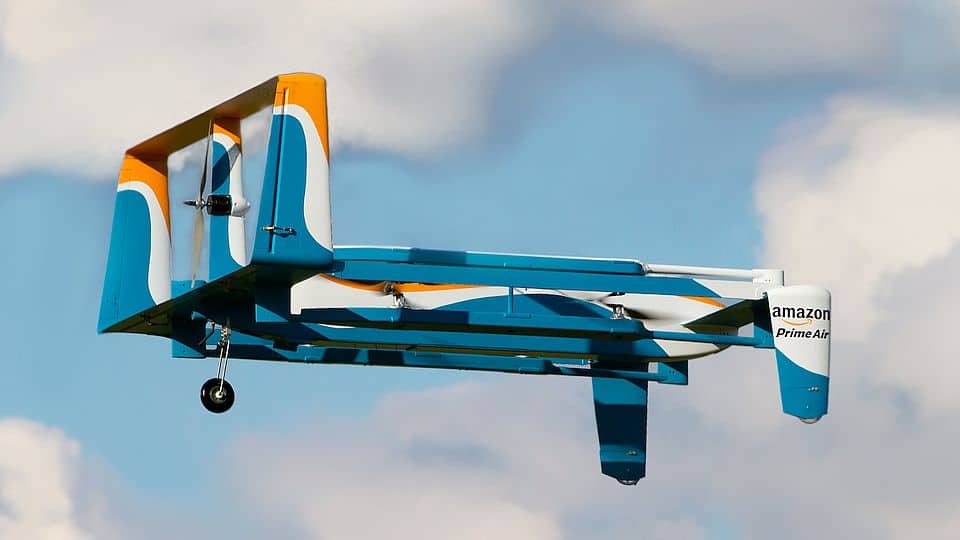
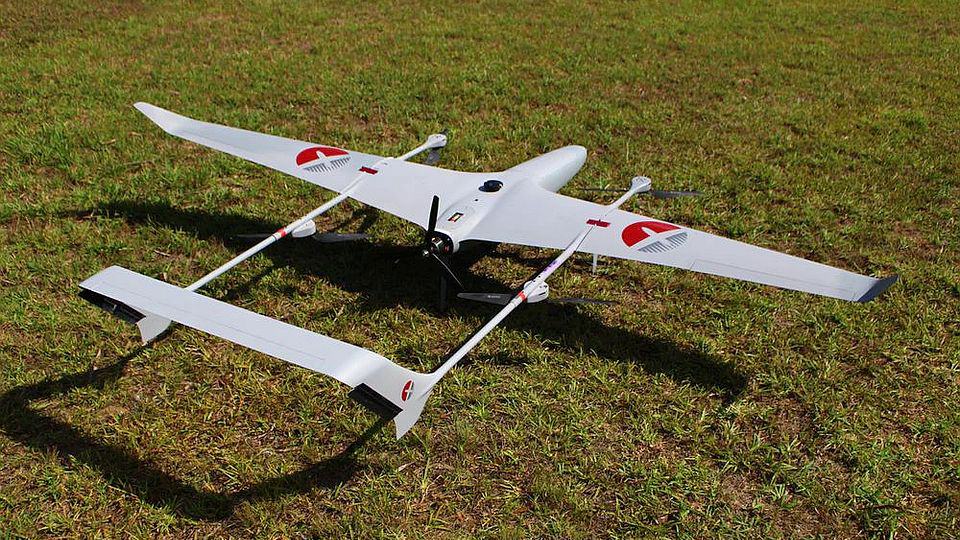
Level of Autonomy
Since drones do not carry a pilot on the aerial platform, they need to have a certain level of autonomy. There is a distinction to be made between an automatic and an autonomous system. An automatic system is fully pre-programmed that can execute the programmed task on its own. Automation also includes additional aspects such as automatic flight stabilization.
Autonomous systems can deal with unexpected situations by using preprogrammed rules to decide up a course of action. Automatic systems do not have this freedom of choice.
Drone Energy Source
The design of the drones described previously are dependent upon the energy source that is to be used. The fuel sources currently available for drones are traditional airplane fuel, battery cells, and fuel cells. Airplane fuel, such as kerosene, is mainly used for
Lithium polymer batteries are usually used on smaller multirotor drones. These drones have a shorter range, and smaller operating time than
A fuel cell works on the
The Future of Drones
Drone technology is constantly evolving in the areas of miniaturization, autonomy, and swarms. Miniaturization is the most incremental developments of these three areas. Each new generation of drones is a bit smaller, lighter, and cheaper than the previous generation. For example, the development of new materials, along with more efficient and lighter batteries allow for better trade-offs between the drone’s flying range, maximum altitude, and payload capacity. The smallest drone currently available is the size of a credit card. However, in a few
The falling prices and size of drones will help in making them more readily available to everyone.
Furthering drone autonomy is making many applications more plausible. The first generation of drones
Drones that can act in a cooperative manner can exhibit swarm behavior. The development of swarms can enhance the range, flight duration, and payload capacity for different applications. For example, if one drone is experiencing a low battery level, it can assign its task to another drone. This could extend the flight range beyond the range of the first drone. Heavier payloads could be carried by multiple drones, which would allow exceeding the payload capacity of one drone.

